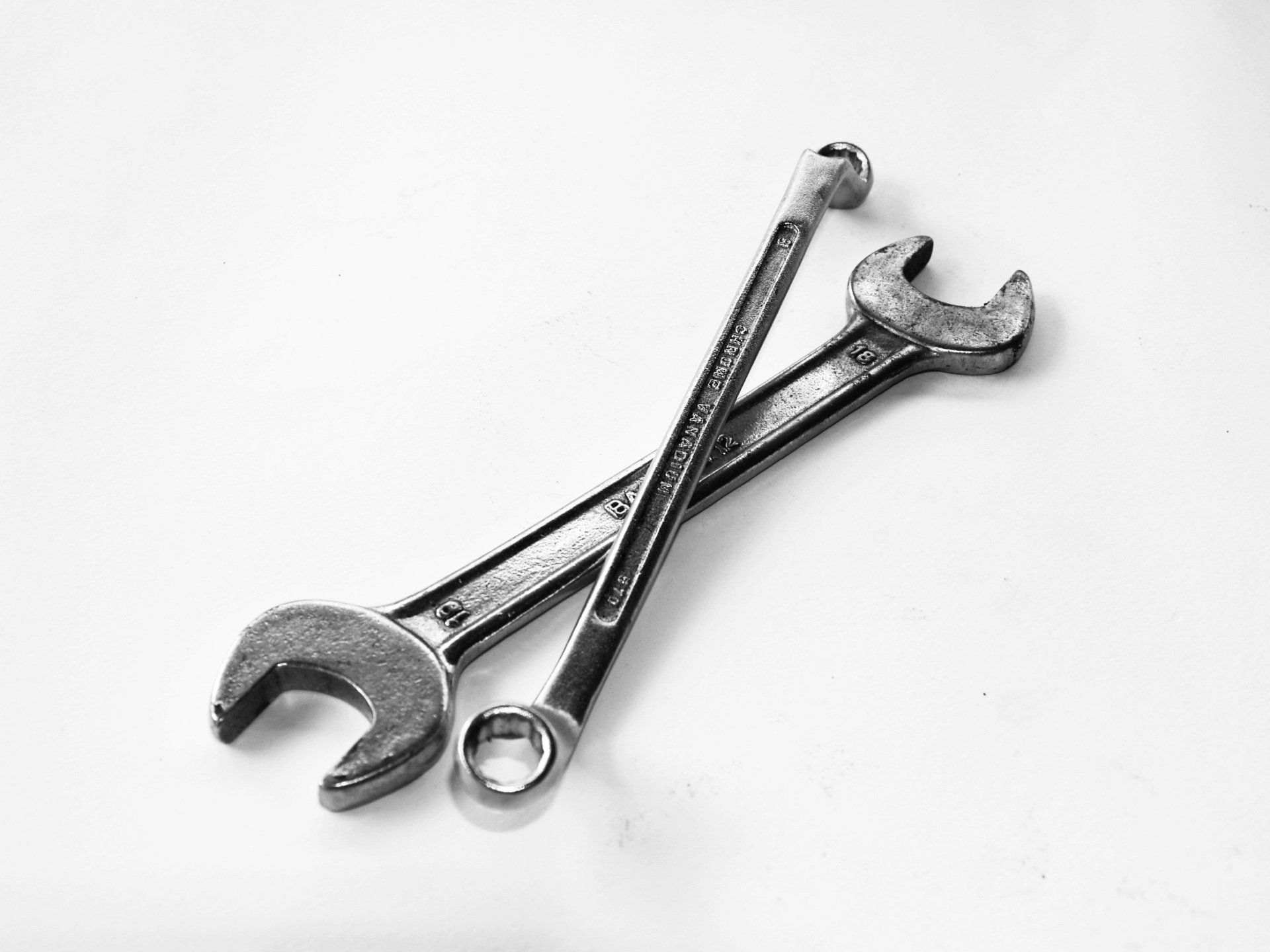Why I Believe in Planned Preventative Maintenance Programs
How changing the way that you view preventative maintenance can help you weather even the toughest of storms.

For more than twenty years, I have worked in field service – that is, in work that is done by rolling a truck. My experience has mostly been with companies offering heating and cooling services, but the principles I learned apply to plumbing, electrical, pest control, security, landscaping, janitorial, and other service companies.
My HVAC Story
My first day working in the HVAC industry was Monday, May 21, 2001. My exciting adventure had started about a week prior when I responded to an ad for an accounting manager position for a heating and cooling company in Tucson, Arizona. I was 25 years old and had just moved to Tucson on a whim. I was single and looking for a new town. I had quit my corporate accounting job and moved in temporarily with a friend. Within a week, I had an interview, but as it turned out, the owner, with whom I was meeting, was not in town. He wanted to meet with me in Las Vegas, so he asked if I could fly – at his expense, of course – to Las Vegas for the day. He picked me up at the airport and then took me to a small office where he was working, and we talked for about an hour. We then went to lunch at the Bellagio Hotel on the Strip. What a great way to impress a new hire! To my own surprise, I won them over and got the job. This was my first glimpse into the fact that HVAC can be a very lucrative business for those who do it well.
What I First Noticed
I had no background in HVAC, but I understood accounting which is what they needed at the time. My first order of business was to figure out what made this operation tick. I started analyzing the numbers, and I noticed quickly that there were two distinct pieces to this operation: installation and service. One crew of technicians installed new heating and cooling equipment day after day. Another crew of technicians responded to no heat and no cool calls. They fixed the systems that had been installed years before. The service department spent time on preventative maintenance – that is, cleaning systems, changing filters, checking connections, and other things designed to prevent a system from breaking down. This fascinated me.
The Planned Preventative Maintenance Program
I quickly caught on to the value of preventative maintenance from a finance perspective as it was work that could be performed when nothing was broken. I pitied the crew that had to sit and wait until something broke before they had anything to do. This company had what I refer to as a Planned Preventative Maintenance Program. Under the program, their customers would pay a few hundred dollars a year for a technician to come out once in the spring and once in the fall to prep their system for the upcoming season. The concept was brilliant, but I learned without much effort that they did not come up with this idea on their own. HVAC gurus had been selling the idea for years.
Enter 2008
Remember how I said that there were two sides to the HVAC business? During an economic downturn (like the first big one I experienced in 2008), people stop buying new and expensive heating and cooling systems. This is a punch to the gut for an HVAC business built on the sell-install-repeat model. Their entire revenue stream can dry up almost overnight.
An HVAC business that has a robust service department will weather a downturn far better than one that does not. An HVAC business that has a strong planned preventative maintenance program won’t skip a beat when times get tough. While it is true that some customers may not seek out preventative maintenance services when times get tough, the ones who are already accustomed to doing it, paying for it, and seeing the value in it are far more likely to keep it going, and it is the recurring revenue from these customers that will keep the lights on.
Not All Planned Preventative Maintenance Programs are Created Equal
Different companies end up approaching planned preventative maintenance programs differently. Some like to keep them cheap to attract the most customers and work to upsell the customer on each visit. Others do not train their technicians well as to what each plan includes which can lead to an inconsistent level of service from one technician to the next. Others over-promise and under-deliver. They say their plans include a 45-point inspection to sound better than the other guy who only has a 30-point inspection while 10 of the 45 points relate only to the heating system which isn’t even looked at during the cooling cycle. This leaves a bad taste with the customers who figure it out. The rest (my favorite) include all that they can and strive to give the customer a rich and satisfying experience. They, of course, price their plans accordingly.
Drawbacks to Some Planned Preventative Maintenance Programs
Over the years, I found a few drawbacks to some of the plans I had seen.
- Plans were non-renewing and had to be sold from zero every year. This was an administrative nightmare. Staff never knows if the customer wanted to renew and didn’t get the invoice or if they did not want to renew and just threw it away.
- Annual billings require big cash outlays once a year. They may hit some customers at a time when money is tight giving them one more reason not to renew.
- Plans were very basic and offered limited services requiring the technicians to upsell services if they wanted to make any money. This gives customers the idea that all you do is upsell.
- Plans did not often offer incentives for the customers to remain loyal year after year.
- Plans were sold by number of service visits NOT by length of time. For example, people thought that if they paid the bill, they were owed two services even if those services were not performed within the twelve-month time frame on the invoice. This became a tracking nightmare. Plus, it gave the customer no incentive to get us out there which defeated the point of doing the preventative maintenance in the first place.
Setting Up a Planned Preventative Maintenance Program
In 2015, I had the opportunity to design a new program from the ground up. We addressed every pitfall we could think of with previous plans and laid some ground rules for our new plan.
- The plan had to have a name and the language surrounding the program name needed to be that of membership and inclusiveness. Club is a very common name. It needed to be unique but not cheesy as customers would not want to brag to their friends that they are part of the Super Dooper Clean Air Conditioner Club.
- We made it easy to join and easy to quit. The idea being here that we wanted to focus on making the customers want to stay rather than making it difficult for them to quit. Customers are catching on to cancellation fees and exorbitant advanced notice requirements.
- We included more services in our plan than the competition included in theirs which made our plan richer and allowed us to switch the narrative from upselling to consulting. Technicians educated customers on the benefits of additional optional services or accessories instead of guilting them into spending more money on services that really should be done.
- We intentionally priced our package so that it was cheaper than buying the same services a la carte.
- We offered two plans – a lesser plan and a premium plan – with the premium plan being only just a little bit more than the lesser plan (which resulted in even more people seeing the value of the premium plan and choosing it 98% of the time).
- We presented all our pricing as a monthly subscription price (think Netflix) that renews month-to-month until cancelled.
- We presented all our plans as automatically being charged to a bank account or credit card on file. We discouraged customers from paying by check as it was too easy for them to forget to do it (thus increasing the administrative cost of collections). We charged more when we had to e-mail or mail the invoice.
- We added an accumulating benefit (in our case a discount that accumulated every month they were on the plan that they could use toward a new system in the future). This discouraged a long-time customer from cancelling on a whim as they could lose hundreds of dollars of future benefits.
- We offered price locks and increase caps and regularly increased our base price to ensure that long-term customers always paid less than new customers. This discouraged canceling.
- We allowed customers to transfer their plan and their tenure to another account if they moved. We allowed the plan to be transferrable to a new homeowner at the same price which we used as a marketing tool.
- We offered a filter allowance with each visit so they could buy a few cheap filters or one more expensive filter. Filters always cost us less than we charge for them so we can add more value to the plan without adding a lot of cost.
- We offered discounts on repairs based on their plan level to provide a value that cannot be precisely calculated. They may say for example that the free filters are not worth being on the plan to which we would respond with an example that a 15% discount on an unexpected $1,000 repair might make the plan worth it.
Over the years we also bounced around a few other ideas that never made it into our plan but could have. These are additional services that we could include in the plan for free as a promotion or as available in an upgraded plan.
- We could change the smoke detector batteries with each six-month visit.
- We could dye test the home’s toilets and look for leaks.
- We could check the ductwork for leaks.
- We could offer to replace UV bulbs.
- We could inspect gas fireplaces.
The point I am trying to make is that with some creativity, a well-designed planned preventative maintenance program can truly help a field service company create customers for life. You become their “company” and over time you earn their trust and respect. They will then gladly allow you to charge their credit card for $40 or $50 or more each month for the safety and peace of mind you offer.
Curious what a planned preventative maintenance program could look like in your business? I’d love to have a conversation. Reach out any time with questions or to just brainstorm some ideas.
| Thank you for Signing Up |












